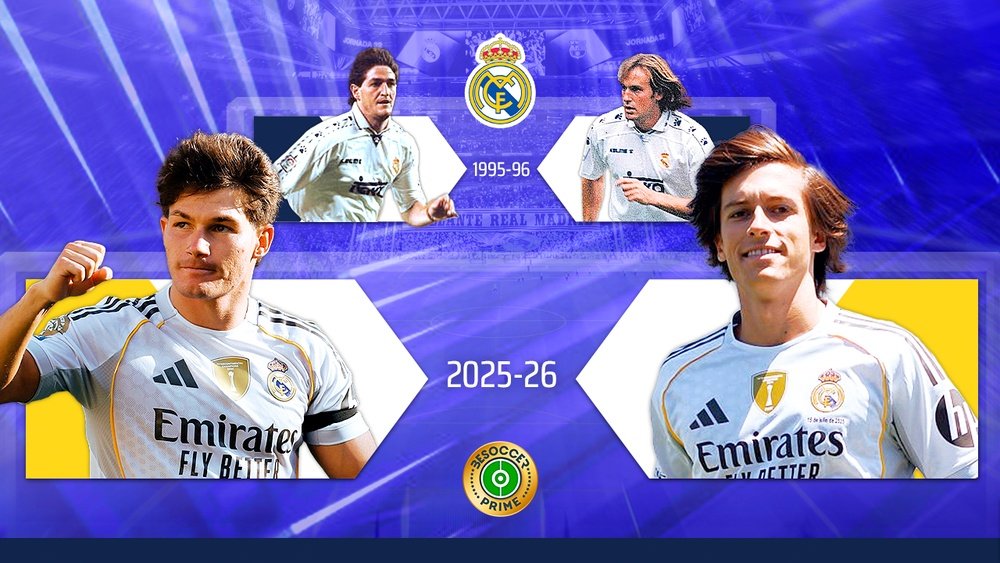Back to their roots: Real Madrid look to Spanish steel on the left


It's a shift that echoes back to the 1995/96 season, when Mikel Lasa and Miquel Soler patrolled that side of the pitch. Since then, the position has been defined by the brilliance of Roberto Carlos and Marcelo – two icons whose attacking verve and creativity redefined what it meant to be a modern full-back.
Carreras, a Real Madrid academy product who left the club as a teenager, returns with a £50 million price tag and high expectations. After developing his game at Manchester United and Benfica, the 22-year-old now hopes to convince new manager Xabi Alonso that he belongs in the starting XI.
He'll join Fran Garcia, another Castilla graduate, in what could be the club's first all-Spanish left-back tandem since the mid-90s. It's a notable change of direction – not just tactically, but symbolically – after years dominated by Brazilian influence on that flank.
The 1995/96 campaign remains one of the club's most forgettable. Real Madrid finished sixth in La Liga and failed to qualify for Europe. It was also the last time two Spanish full-backs – Soler and Lasa – featured prominently on the left.
Soler arrived from Sevilla that summer but lasted only a single season, making 19 appearances before moving on to Zaragoza. Lasa, meanwhile, had joined from Real Sociedad in 1991 and remained at the club until 1997, earning a reputation as one of the Basque Country's finest defensive exports.
But following that forgettable season, Real Madrid sought revolution rather than reflection – and found it in the shape of Roberto Carlos. Signed from Inter Milan in 1996, the Brazilian quickly became one of the game’s greats, his thunderous left foot and boundless energy transforming the position.
Marcelo followed a decade later and took the role to even greater heights, combining samba flair with extraordinary longevity to become the most decorated player in the club's history.
Now, with both Brazilian icons gone and Mendy's time seemingly nearing its end, Real Madrid appear ready to embrace something different – or perhaps something older: Spanish resilience, academy roots, and tactical discipline over raw showmanship.
It's not just a nod to tradition; it may be the foundation of a new cycle at the Bernabeu. And while Carreras and Garcia have big boots to fill, the shift suggests a club once again willing to trust in its own.



